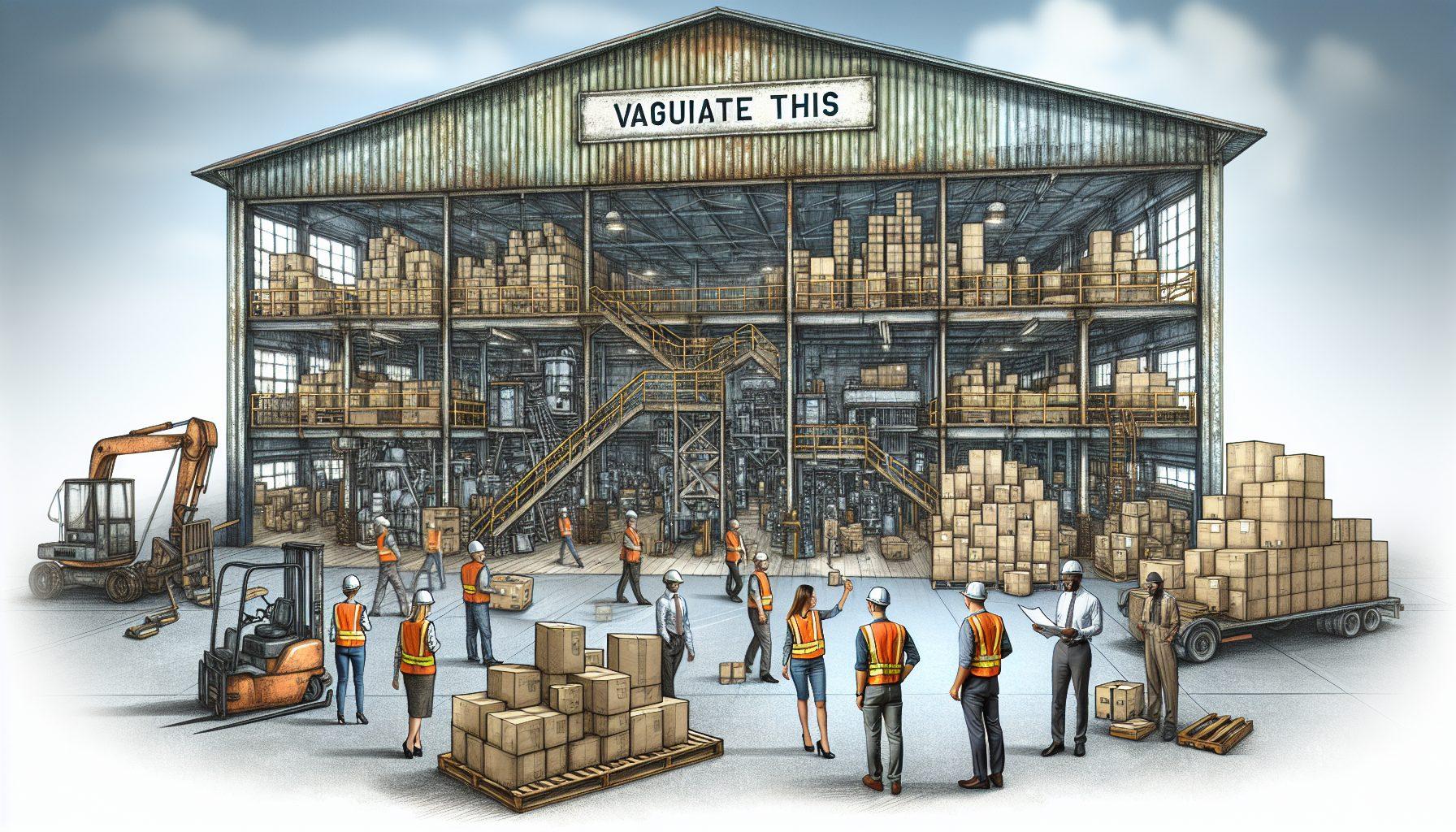Aging warehouses can present a unique set of challenges when it comes to safety. Over time, wear and tear can take a toll on the infrastructure, equipment, and processes, potentially increasing the risk of accidents and injuries. As a warehouse manager or owner, it’s crucial to address safety concerns proactively to ensure the well-being of your employees and the smooth operation of your facility.
The Importance of Evaluating Warehouse Safety
Before diving into the ways to address safety in aging warehouses, it’s crucial to understand why safety evaluations are essential. Regular safety evaluations help identify potential hazards, assess the effectiveness of existing safety measures, and implement necessary improvements. By evaluating warehouse safety, you can:
- Prevent accidents and injuries that can lead to downtime and increased workers’ compensation costs.
- Maintain compliance with safety regulations and avoid fines or penalties.
- Boost employee morale and productivity by providing a safe working environment.
- Reduce the risk of property damage and loss due to accidents.
Now, let’s explore some practical steps you can take to address safety in your aging warehouse:
1. Conduct a Comprehensive Safety Evaluation
Start by conducting a thorough safety evaluation of your warehouse. This assessment should cover various aspects, including:
- The condition of the physical infrastructure, such as floors, ceilings, and walls.
- The functionality and safety of equipment, such as forklifts, conveyors, and racking systems.
- The layout and organization of the warehouse, ensuring clear pathways and proper signage.
- The effectiveness of safety protocols and procedures, such as emergency response plans and training programs.
An evaluation done by professionals, such as HCO Innovations, can provide valuable insights and recommendations to improve safety in your warehouse. They offer warehouse safety evaluation services that can help you identify potential hazards and develop effective safety strategies.
2. Invest in Equipment Upgrades and Maintenance
In an aging warehouse, equipment can become more prone to malfunction or failure. Regular maintenance and equipment upgrades are vital to ensure the ongoing safety and efficiency of your operations. Consider the following:
- Repair or replace damaged or worn-out equipment.
- Implement a preventative maintenance program to identify and address issues before they become major problems.
- Train employees on proper equipment usage and maintenance procedures.
- Stay updated with the latest safety features and technologies and consider implementing them in your warehouse.
By investing in equipment upgrades and maintenance, you can minimize the risk of accidents caused by equipment failures or malfunctions.
3. Enhance Safety Training and Education
One of the most effective ways to address safety in aging warehouses is to prioritize ongoing safety training and education for your employees. Consider the following steps:
- Provide regular safety training sessions to reinforce proper procedures and protocols.
- Ensure that all employees receive proper training on the safe operation of equipment and machinery.
- Encourage employees to report potential hazards and near-miss incidents.
- Promote a safety-focused culture by recognizing and rewarding employees for practicing safe work habits.
Regular safety training and education can help reduce the likelihood of accidents and injuries, as well as empower your employees to take an active role in maintaining a safe workplace.
4. Implement Risk Assessment and Mitigation Measures
Identifying and mitigating potential risks is critical in ensuring warehouse safety. Conducting regular risk assessments can help you identify hazards and take appropriate measures to minimize or eliminate them. Here are some steps to consider:
- Regularly assess the workplace for potential fire hazards, such as overloaded electrical outlets, flammable materials, and improper storage practices.
- Implement proper ventilation systems to reduce the risk of exposure to harmful substances and maintain air quality.
- Ensure proper lighting throughout the warehouse to minimize accidents and promote visibility.
- Develop a robust emergency response plan and conduct drills to ensure that all employees know what to do in case of emergencies.
By proactively assessing and mitigating risks, you can significantly enhance overall safety in your aging warehouse.
5. Foster a Culture of Safety
Safety should be an integral part of your organization’s culture. By fostering a culture of safety, you can create an environment where employees feel empowered to prioritize safety in their actions and decisions. Consider the following steps:
- Lead by example and consistently demonstrate safe behaviors.
- Establish clear safety policies and communicate them effectively to all employees.
- Encourage open communication and feedback regarding safety concerns.
- Recognize and reward individuals and teams for their commitment to safety.
When safety becomes a shared value, everyone in your organization will actively contribute to maintaining a safe warehouse environment.
Conclusion
Safety should never be compromised, especially in aging warehouses where potential risks may be higher. By conducting comprehensive safety evaluations, investing in equipment upgrades and maintenance, enhancing safety training and education, implementing risk assessment and mitigation measures, and fostering a culture of safety, you can effectively address safety concerns in your aging warehouse. Prioritizing safety not only protects your employees but also contributes to the long-term success and cost-effectiveness of your warehouse operations. Don’t wait for an accident to happen – take action now to ensure a safe and secure working environment.

